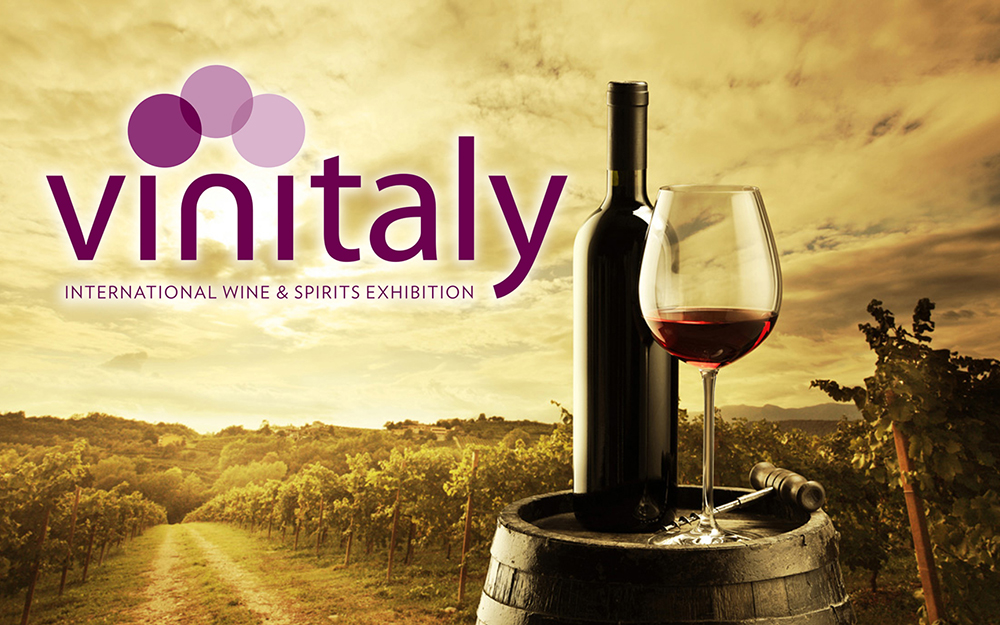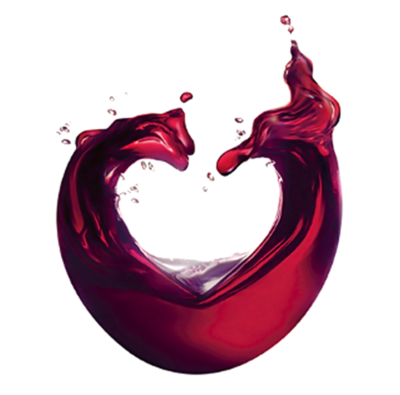
BY RICK RIOZZA
Hey vino lovers! Hopefully by the time you’re reading this column, I’ve arrived safe and sound in the lovely city of Verona; and, I’m out merrily swirling wine and nurturing my belly! Not only is the city one of the most romantic and picturesque, it has now become one the 10 Great Wine Capitals in the world—the only Italian city in the group.
I was quite fortunate to be selected by the Italy-America Chamber of Commerce of Texas to travel and wine & dine on their gracious ticket and attend the world’s largest and most famous VinItaly 2018 Wine Exhibition. Incredibly, the five day event will showcase over 4,200 wine exhibitions, tastings, seminars, including all of the prominent Italian wineries along with their wines. So you do the math—wish me luck and good courage. As they say, Buon corragio!
The great thing about wine these days is that no matter where we are in the world, we can uncork a bottle of vino so to taste, sip & enjoy the geography, terroir and the visceral cultural nuances contained in the fermented juice.
When in Rome, drink as the Romans do, but in and around the hills and lakes surrounding the vineyards of Verona, the vino we’re experiencing are the classic Veronese wines that include Soave, Bardolino, Valpolicella, and the grand Amarone.
So Soave [soh-AH-veh] white wine seems to have been left behind by the Pinot Grigio gathering. No question that the pinot grige is a very nice and easy wine to enjoy in our desert days, but whenever given the chance, I like to spring a Soave taste to the grige team—and they’re all in! They love it! Many of them even remember enjoying it when they traveled to Italy—it was served at every lunch table. How could they have forgotten?
Unlike Pinot Grigio, which is the name of a grape that can come from anywhere in Italy, Soave is an actual place, right outside Verona here.. And the grape that produces the best Soave is Garganega [gar-GAHN-ah-gah] along with small portions of local Trebbiano (aka Verdicchio), Chardonnay, and Pinot Blanc.
 Legend has it that Dante, the famous Italian poet of the 13th century, gave Soave its name (meaning “smooth”), because of its mildness. However, it’s not as mild as a Pinot Grigio. Straw yellow color, almost green sometimes, Soave tends to have some more flavor notes: almonds, green apples, citrus; ginger, herbs, honey, lemon, minerals; nectarines, nuts, peaches, pears, and spices—with a slight lemon bitter finish to keep things interesting. What’s not to like here?
Legend has it that Dante, the famous Italian poet of the 13th century, gave Soave its name (meaning “smooth”), because of its mildness. However, it’s not as mild as a Pinot Grigio. Straw yellow color, almost green sometimes, Soave tends to have some more flavor notes: almonds, green apples, citrus; ginger, herbs, honey, lemon, minerals; nectarines, nuts, peaches, pears, and spices—with a slight lemon bitter finish to keep things interesting. What’s not to like here?
Soave falls into two distinct styles: crisp and straightforward, lightly aged in steel tanks to emphasize a fresh fruity liveliness that’s perfect for picnics and pool parties. The more “serious” Soave for those who wish to impress their dinner guests with a different white, are denser and richer, fermented in oak barrels, which adds texture, depth, and complexity. But they all maintain an energy that refreshes and inspires further sips.
For your mornings and afternoons, I recommend the Inama Vin Soave Classico, $14, you’ll recognize the label—with the drawn Italian trademark. The sexy Soave for dinner is the Ca’Rugate Monte Alto, $20, rich and full-bodied yet energetic with earthy mineral flavors. But call the wine shops in town—they’ll have deals.
And not to worry—I’m especially searching out the best Soave that is imported to the U.S. and reporting back to your readers stat! Hey—I’m meeting a lot of vintners who wish to do business in our neck of the woods. Interested in an Italian wine import business? Call me . . .maybe?
I have a nick-name for my irrepressible two year old grandson—whose first name is Broxton, but I call him bambino-bardolino. Anyway—Bardolino is a red wine from the hills east of Verona that takes its name from the town Bardolino on the shores of Lake Garda, and was awarded DOC status in 1968. The blend of grapes used to produce the wine primarily includes Corvina, Rondinella, and Molinara.
You readers have heard about these grapes before, as I’ve written recently about Valpolicella and Amarone wines. And you wise wine folks know that these 3 varietals are also used to produce Valpolicella, but the two wines are quite different. Valpolicella contains more Corvina, which adds body and structure. Barbera and Sangiovese can also be blended in Bardolino up to 15% total.
But what to watch here is that Bardolino is a delicious light-to-medium body red that is quite enjoyable in the hot weather—like a French Beaujolais that’s tasty floral fruity. And honestly, these lighter bodied reds are the latest rage—just for that reason: they don’t take you down during a meal. Things stay lively while you’re pairing with your dishes.
Perhaps you older folks will recall seeing those two twin bottles of Bardolino and Valpolicella always on the markets shelves dressed in black Bolla Winery labels. At times, they were the only Italian wines on the aisle! Anyway—back then, I’d always get them confused as to which wine was a studier red. And I’d mess up picking up the Bardolino (which is lighter) when I should have picked up the Valpo. Fortunately my tastes have expanded during the years.
Hey!—how’s this for timing: as I’m writing this piece, I’m receiving an email from Villa Canestrari, inviting me (and you readers in spirit) to visit their booth here at Vinitaly to taste their new vintages of Soave, Valpolicella and Amarone—Che fortuna!
Villa Canestrai has been around since 1888. Even their wine label designs are in the Azienda Agricola Museo Del Vino. Further, I’ll have the opportunity to taste their Amarone “Plenum” 2011—just released after seven years, “this vintage proudly holds the appellation Riserva, as it meets the strict quality standards of our most prestigious Amarone.” Ciao Bella! Andiamo!












































